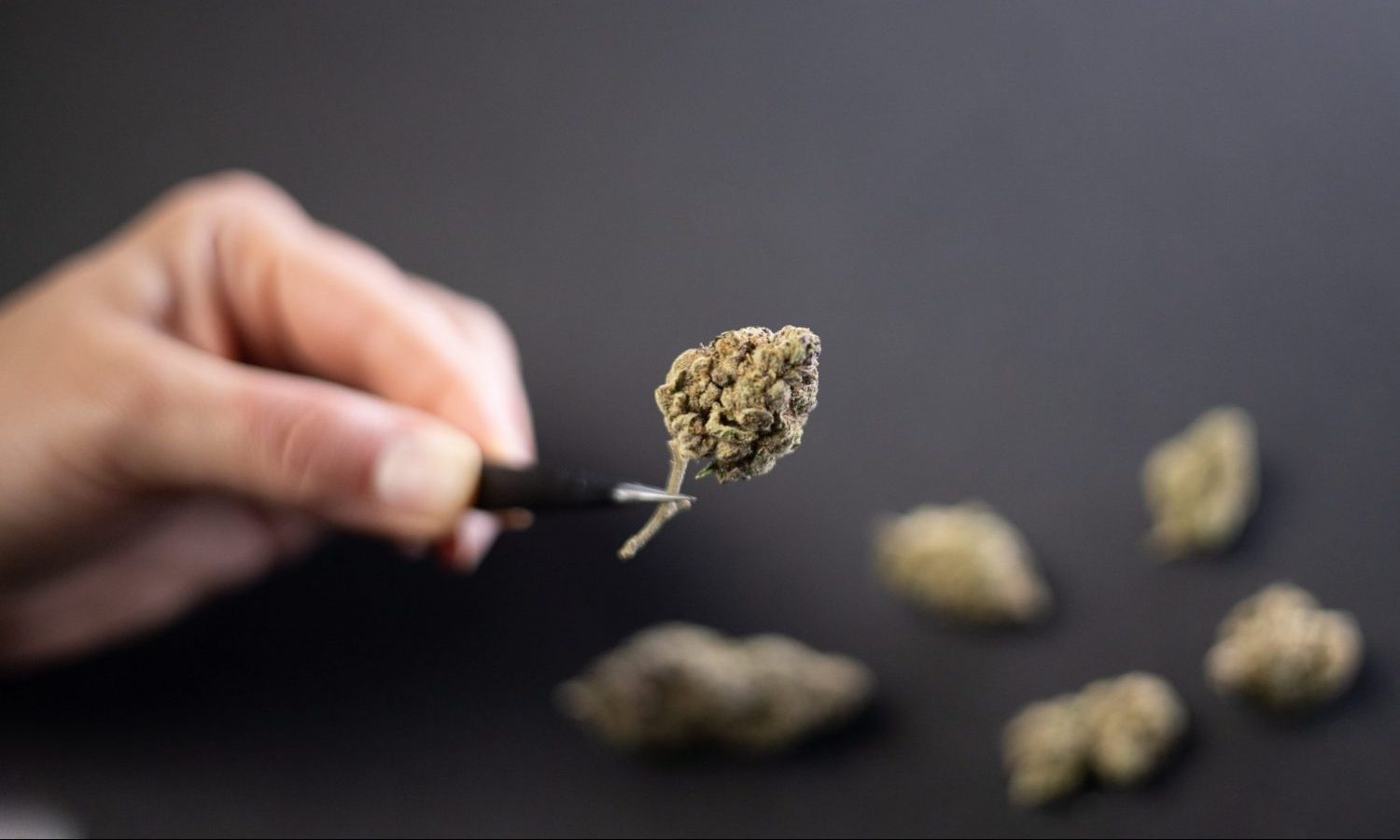There is no international system of naming cannabis products. The name of a product is up to the breeder and the marketing agency in charge of promoting the product.
Cannabis products are named the same way everything else in the world is named. Some names are unusual, some fascinating, some silly, and others logical. Most of these names have a tale behind them.
There are also cannabis strains that are named after the other older strains in the generation. A perfect example of this can be found in the naming system of the Kush varieties. Strains like Sputnik and Pre-98 Bubba Kush were named after unforgettable events in history.
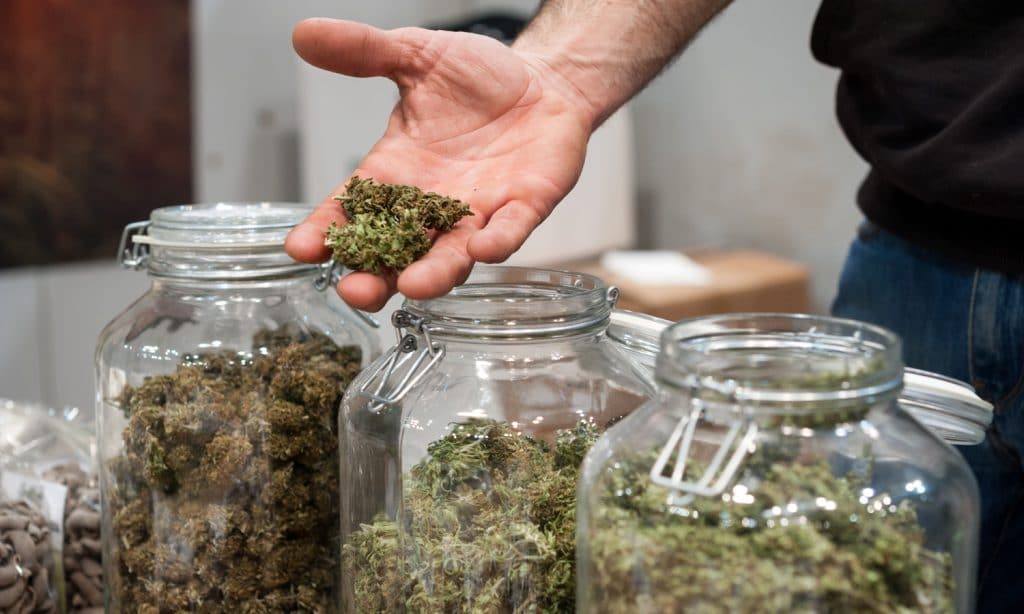
And finally, we have names that give an idea of the taste or flavor of the product, for example, Sweet Dreams or California Orange, etc.
Nowadays, the naming system of cannabis products is not enlightening, and some even leave you confused. Very little effort is put into naming these products. Breeders focus on developing the product with little thought going into how it is named. Every year, at least 20 new products are developed, with new names added to the already confusing pile of names.
Past System Of Naming Cannabis
In the 60s and 70s, marijuana started getting exported across major countries of the world. The modern cannabis was called landrace strains and their seeds were also ferried across cities to be transplanted in different regions.
Back then, strains were named based on the original geographical location. For example; Durban Poison from Durban, Colombian Gold from Colombia, Panama Red from Panama, and several others that originated from Afghanistan, Central America, Mexico, and Jamaica.
RELATED: Why You Didn’t Get The Cannabis Strain You Think You Did
When breeders began to cross-breed these strains, the genetic diversity of cannabis was born.
The cross-breeding of these strains was done to satisfy the consumer’s hunger for better effects, new flavors, and aromas, and just to satisfy a farmer’s curiosity.
Some breeds were developed coincidentally.
Although many of these breeds are extinct now, their vacuum has been filled up by newer hybrids that we’ve created over the years.
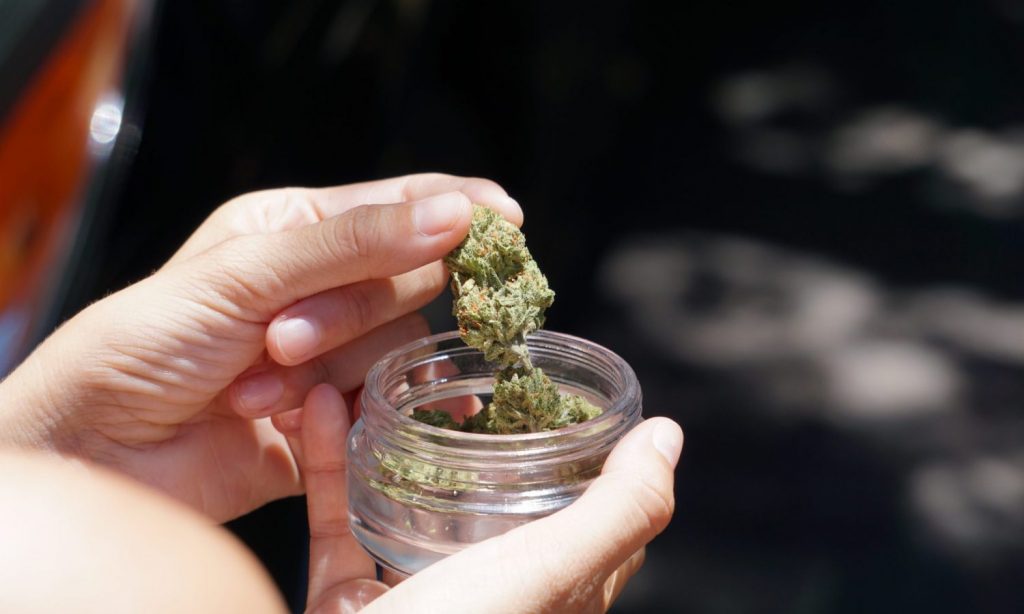
Current Naming System Of Cannabis
There is no international system of naming cannabis products. The name of a product is up to the breeder and the marketing agency in charge of promoting the product.
The most common method being used by breeders in the country now is that a name is crafted by combining the names of the parent strains. A good example of this is the Triple G strain, the names of its parents — Gorilla Glue and Gelato 33 were cleverly combined into Triple G.
RELATED: Do You Know The Difference Between Cannabis Strains, Phenotypes, And Cultivars?
Some strains are named after some people as a way of honoring them. For example, the strain Ringo’s gift was named after one of the best CBD-Strain breeders named Ringo. Another example is Jack Herer which was named after the famous cannabis activist.
Like the early methods of naming strains, breeders still use the effects of a strain to name it. An example being Blue Dream. When a customer sees a product named blue dream, the first thing he makes of it is that it may induce a dreamy sedative state when used.
RELATED: What Are Skunk, Haze, And Kush Cannabis Strains?
More often than not, breeders name a product after its morphology. For example, Purple Kush was named after its intense purple-colored leaves. The White Widow on the other hand was named after the abundant white trichomes present on its flowers.
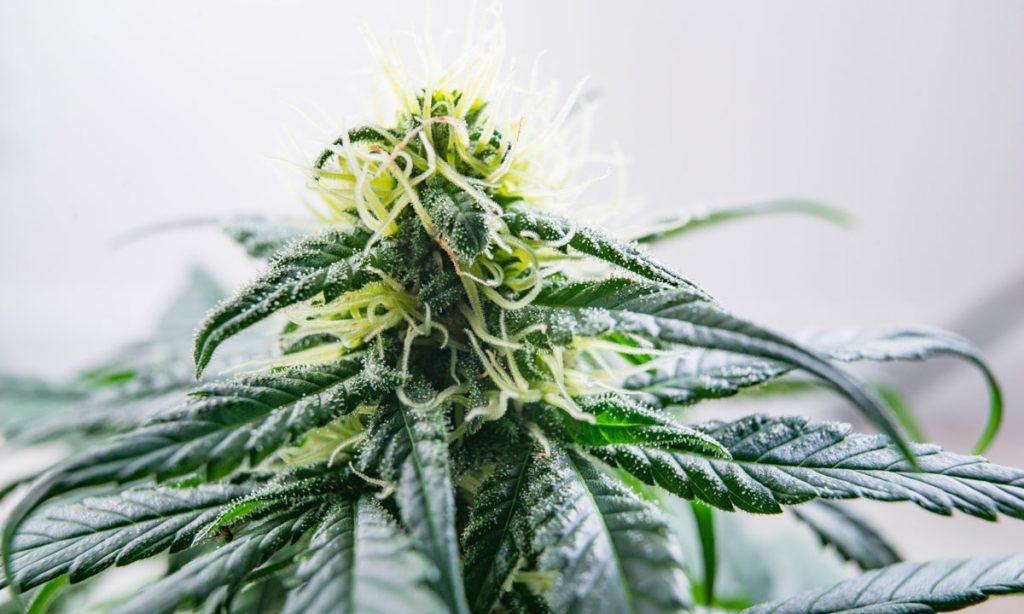
A few strains have been named after celebrities and other icons for their market reach. A small sampling includes Khalifa Kush, named after rapper Wiz Khalifa, and Margaret Cho-G, named after comedienne Margaret Cho.
RELATED: What Are Heirloom Marijuana Strains, Exactly?
But like I mentioned earlier, a larger percentage of the names of products found in the market is random and meaningless in a way. These names have very little usefulness to the consumer.
Some breeders have claimed that these random names have hidden stories behind them, but regardless, these names hold no significance to the consumer.
Prospective Naming System Of Cannabis
The naming system of cannabis products needs to evolve globally. As more states adopt the use of cannabis legally, there will be an increase in the number of newly developed strains. The cannabis industry will be more mature if the names of the products are consistent and regulated.
Or better still, the names of cannabis strains will be specific to the breeder. For example, the cultivation of widely produced OG Kush will be limited to just one breeder, prohibiting other growers from using the name. This way, products will easily be traced to the producers with just their name.
RELATED: A Cannabis Grower’s Advice On Choosing The Right Strain
Another way this can be done would be for a producer to attach their name as a prefix to the product’s name. This has been observed in states that have legalized the recreational use of cannabis products. An example is Emerald Jane’s Blue Dream and Artizen Blue Dream.
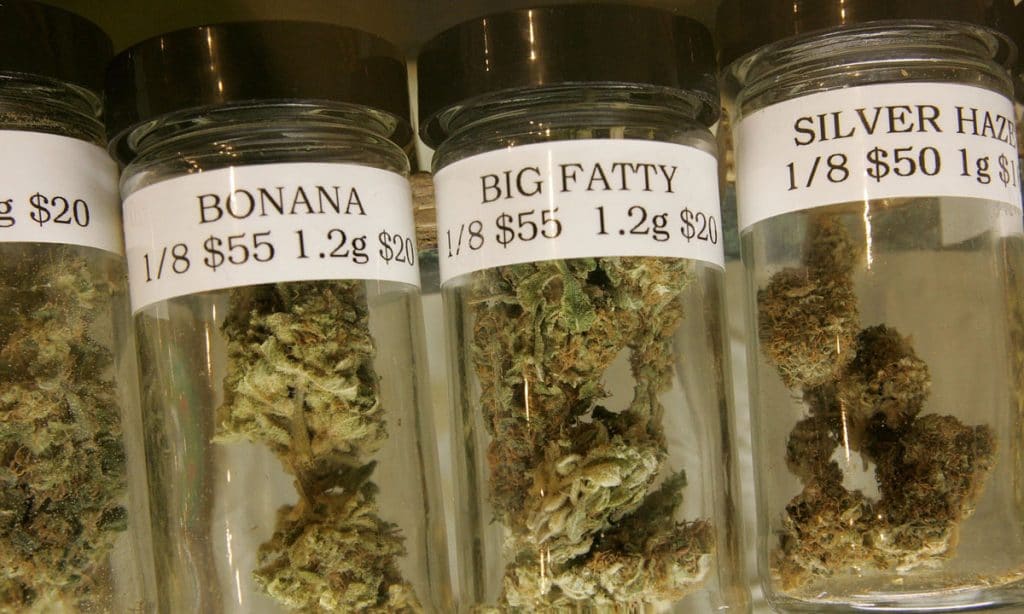
Some of the other ways the naming system can be better regulated in the future include:
- Abolish the names of all strains
- Have a recognized system for naming cannabis strains. This could either be dependent on their effects, usefulness, or cannabinoid content.
- Each state must have a regulated naming system
Last Words
The name of a cannabis strain must be consistent enough to guarantee the same effects whenever products with the same name are purchased. Having a regulated system of naming cannabis strains takes the pressure off marketing and PR strategists that most consumers feel are coming up with meaningless names.
Always confirm the source of a product before you consume it in any form. Also, do not forget to always procure your weed from respectable dispensaries. This way you’re sure the product is what the name inscribed says it is.
This article originally appeared on Cannabis.net and has been reposted with permission.

